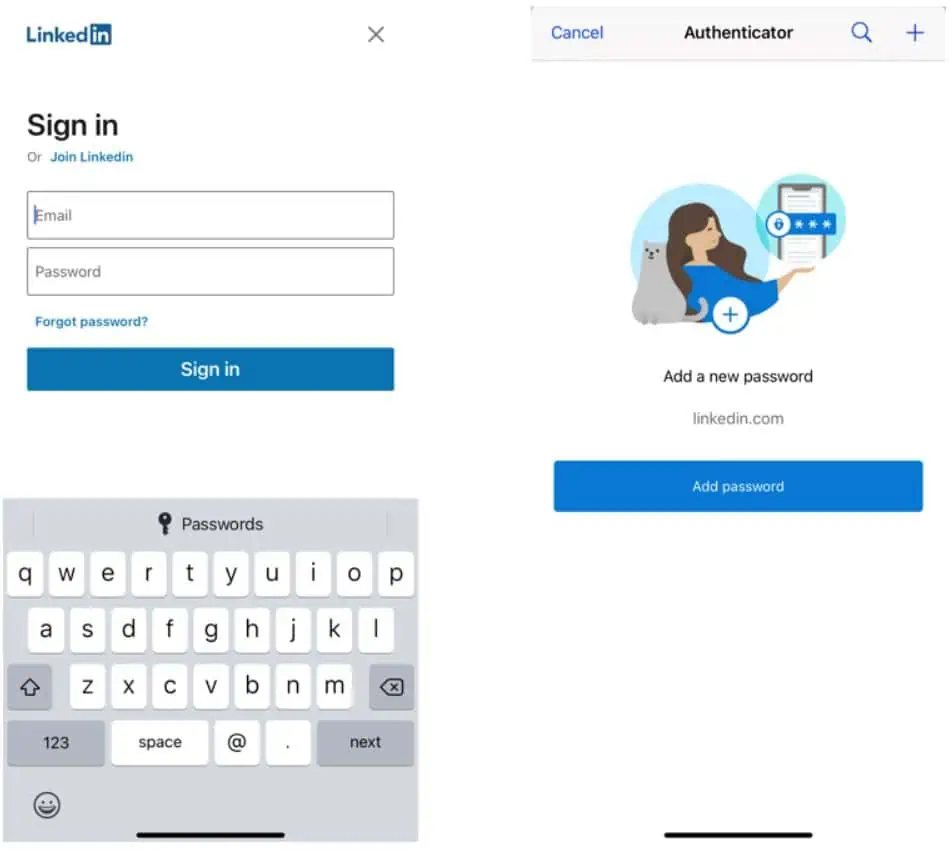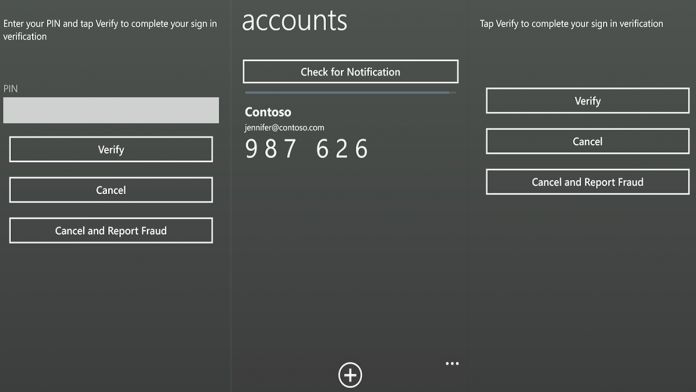
What’s so unique about this setup is the ability for the user to configure all possible two-factor authentication methods (SMS, push, TOTP etc.) without actually ENABLING two-factor authentication. Interestingly, the SMS will be automatically processed by the setup tool no user interaction would be required when setting up that phone. If no two-factor authentication is configured but the user has a trusted phone number and the device being set up is a new phone, Microsoft will attempt to send a text message to that phone. Interestingly, Microsoft would do exactly the same verification if one sets up an account on a new PC (desktop, laptop or tablet) and attempts to restore from OneDrive backup. Microsoft would also try to verify Microsoft Account activities once the user attempts to restore a new phone (Windows Phone 8.1 or Windows 10 Mobile) from OneDrive backup.

Just like Google, the company would verify unusual sign-in activities occurring from a new device in another country. Even if the user does not want to use two-factor authentication and does not set up any secondary authentication methods, in some circumstances Microsoft would still prompt to confirm account login.

Microsoft employs a somewhat unique approach to two-factor authentication. No wonder the two versions of Microsoft’s latest OS, Windows 10, share the same approach to two-factor authentication.

Beginning with Windows 8.1 and Windows Phone 8.1, Microsoft started unifying its mobile and desktop operating systems.


 0 kommentar(er)
0 kommentar(er)
